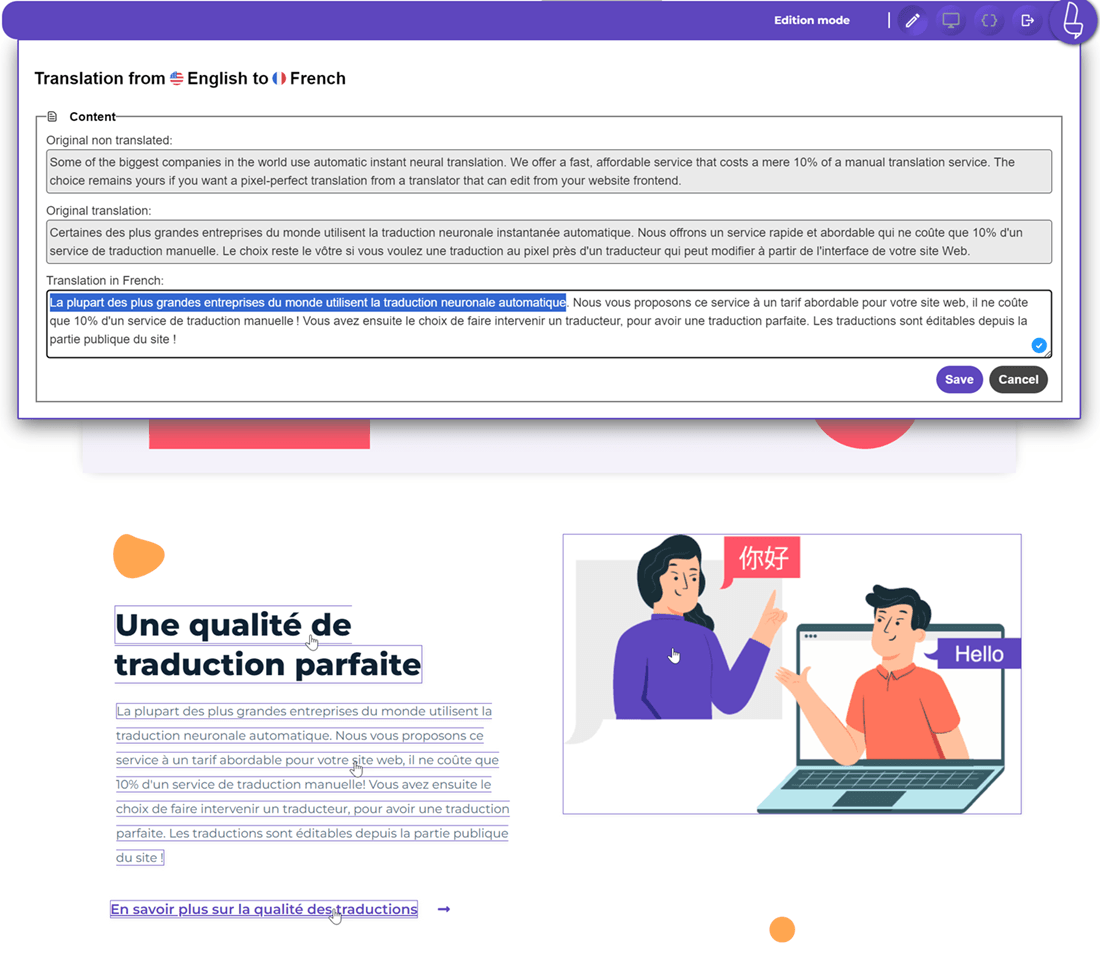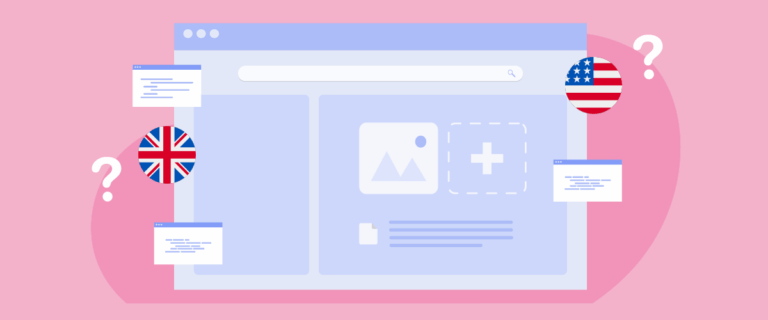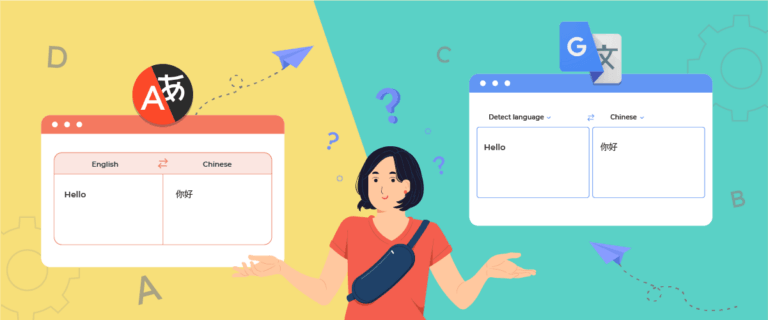Choosing the right translation approach can be a challenge for agencies, especially when balancing cost efficiency and quality of results. Amidst the need to reach a global audience, agencies often choose between precise but expensive manual translation services or automated solutions like Linguise and Weglot, which are faster and more efficient but raise questions of accuracy and control.
But don’t worry, this article will compare three popular approaches—manual translation and two automated platforms, Linguise and Weglo—regarding cost, quality, workflow integration, and SEO features. Read on until the end!
The challenge of choosing the right translation approach for agencies

Choosing the right translation approach is not a decision agencies can take lightly. Manual, automated, or hybrid methods have strengths and weaknesses. This choice affects the final translation output, the team’s workflow efficiency, and overall client satisfaction.
Here are the main challenges agencies typically face when deciding on a translation approach.
- Balancing cost and quality: Each method has advantages, limitations, and associated costs. Agencies must carefully evaluate the client’s and project’s priorities.
- Aligning with internal workflows: Not all methods fit seamlessly into an agency’s existing processes. Some automated platforms may speed things up, but they can add extra, time-consuming steps if they are not well-integrated.
- Managing client expectations: Clients may want fast, affordable results without compromising quality. Agencies need to be transparent about what each approach can realistically deliver to avoid misunderstandings at the end of the project.
- Handling content variations: Technical, creative, and legal content require different approaches. Not all translation methods suit all content types, so agencies must be flexible and ready to adapt their strategy accordingly.
- Maintaining control and consistency: Whether using manual or automated methods, agencies must ensure consistency in tone, style, and client-specific terminology.
Overview of manual translation for agencies

The manual translation approach remains the top choice for many agencies that prioritize accuracy and high quality. In this method, human translators handle the entire translation process, who understand the context, culture, and language style of both the source and target languages. While considered a traditional method, manual translation remains relevant, especially for sensitive or high-value content such as legal, medical, or branding materials.
Here’s a more detailed overview of the advantages, disadvantages, and workflow impact of the manual method.
Pros
- High accuracy: Human translators can grasp nuances, cultural context, and language style that machines often miss.
- Cultural and contextual relevance: This makes it ideal for materials requiring a local touch, such as marketing campaigns or editorial content.
- More natural language quality: The resulting text tends to flow better and is easier for native speakers to understand.
- Handles complex content well: Manual translation excels in technical, legal, or literary content that requires deep comprehension.
Cons
- Longer production time: Compared to automated solutions, manual translation takes more time, especially for multilingual projects.
- Higher costs: Manual translation requires skilled professionals, which impacts the budget.
- Scalability issues: Managing many translators simultaneously for large-scale or ongoing updates can be challenging.
- Risk of inconsistency: Without a unified terminology or style management system, translations from multiple translators may vary.
Workflow Implications
Manual translation is known to provide the best quality because it involves translators, editors, and proofreaders directly. However, this approach has some challenges, especially in terms of efficiency and scalability. Complex team coordination is one of the main obstacles, as agencies have to ensure quality consistency between team members.
In addition, file exchange and communication processes often still rely on email or third-party tools, which increases the risk of version errors. System integration is also limited, as manual translation is rarely directly linked to a CMS or other automation system, requiring additional steps during implementation. As such, this method is more suitable for projects that demand high accuracy rather than speed, especially for small to medium scales.
Automatic translation platforms for agencies: Linguise vs. Weglot
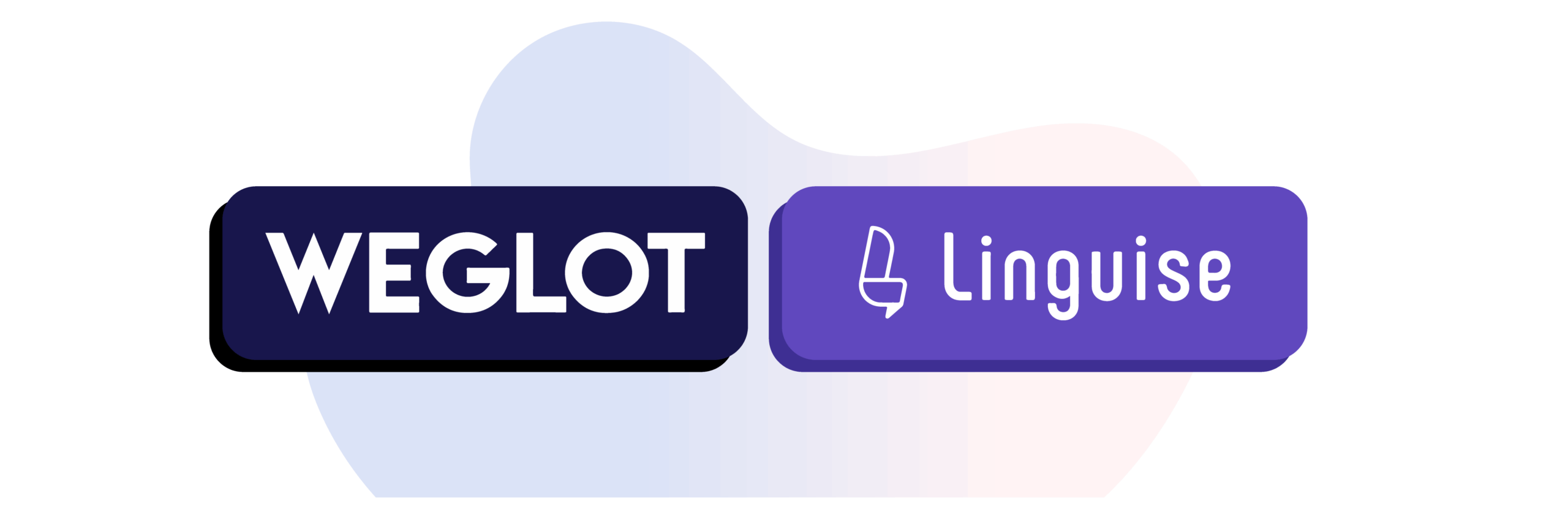
In addition to manual translation that relies on human input, many agencies are now turning to faster and more efficient solutions like automatic translation. This method uses artificial intelligence (AI) to translate content automatically within seconds.
For agencies managing numerous multilingual projects, automatic translation is an attractive option. It significantly reduces production time and costs without sacrificing quality. The two most commonly used platforms for this method are Linguise and Weglot.
Both offer automated website translation approaches but differ in features and service models.
- Linguise is a cloud-based translation platform that leverages AI to automatically and instantly translate website content. Its standout features include real-time high-accuracy translation, a live editor for directly editing translation output, integrating with various CMS platforms, full SEO support, and unlimited word translation.
- Weglot, on the other hand, is one of the most widely used automatic translation platforms among businesses and agencies. It’s known for its ease of use and seamless integration with various CMS and e-commerce platforms. Key features include an in-context editor for refining translations, SEO-friendly structure, and support for up to 5 million words.
Now that we’ve covered the basics of both platforms, let’s compare several key aspects.
Comparison of translation quality

Linguise and Weglot use Neural Machine Translation (NMT) technology to produce fast and fairly accurate automatic translations. Linguise is known for combining NMT and AI translation. It also supports a front-end live editor feature, which allows users or translators to edit content on the site display in real-time directly. This eases refining the translation results, especially regarding context and language style.
Meanwhile, Weglot also uses NMT, and the translation results are quite reliable, especially for general content types. Weglot provides a text-based translation editor for making adjustments, which is effective enough, though not as flexible as Linguise’s visual editor. Both still give users the control to do manual editing, but the approach is slightly different in ease and context of use.
Comparison of SEO feature handling
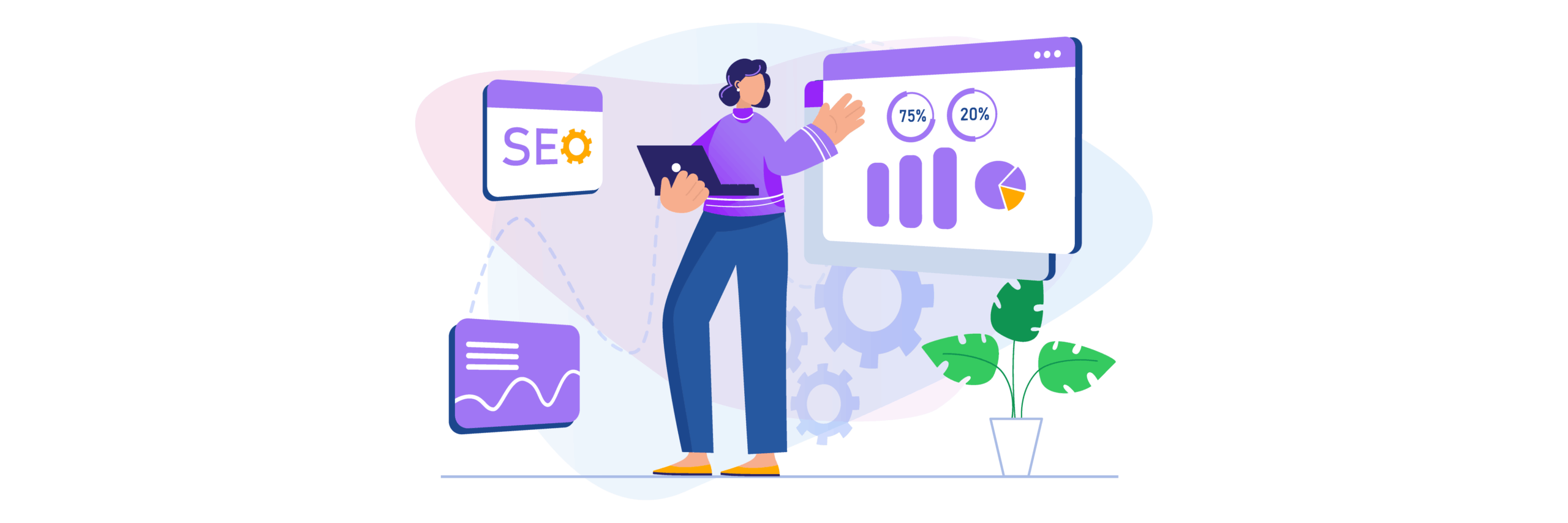
Linguise and Weglot support multilingual SEO practices, including hreflang tag management, metadata translation, and language version URL generation. However, Linguise offers better control over the structure of multilingual URLs, such as using subfolders or subdomains according to each agency’s SEO strategy. This provides flexibility for agencies that want to optimize each translation page specifically in search engines.
On the other hand, Weglot generates an SEO-friendly URL structure by default. However, the flexibility of URL structure settings is more limited compared to Linguise, and some advanced SEO features, such as fully translated URLs or control over subdomain/subfolder usage, are only available on higher plans. Even on the Starter plan, important features such as translated URLs are not provided, which could affect SEO performance if the target market is multilingual.
Comparison workflow integration

Regarding workflow integration, Linguise is more flexible for agencies that want deep integration with CMS or non-mainstream platforms. Linguise can work with various web systems and provides extensive access to technical settings, such as CDN, caching, and custom scripts. This makes it suitable for agencies that need full technical control and want to build a translation process that fits their internal workflow.
In contrast, Weglot offers a very practical plug-and-play approach, especially for popular CMS like WordPress, Shopify, or Webflow. The quick installation and less technical setup process make Weglot ideal for agencies that want speed and simplicity but must sacrifice a little flexibility.
Comparison of support
Regarding customer support, Linguise stands out with its multilingual and technically structured support team. Their team operates in English, French, Spanish, Indonesian, and Vietnamese, ensuring that users from various regions can receive assistance in their native language—an important advantage for non-English speakers. Additionally, Linguise divides its support roles into Customer Specialists, who handle general inquiries, and Product Developers, who focus on technical or CMS-specific issues. This tiered approach enables faster and more accurate problem resolution. The support team is also available six days a week, around the clock, allowing them to accommodate users across different time zones.
Linguise also provides a pre-sales forum where users can directly post their questions, especially about product considerations before purchasing. Our team usually responds within 24 hours.
In contrast, Weglot explicitly offers support only in English and French. Furthermore, Weglot does not openly emphasize a tiered support system that includes direct access to developers, which is crucial when resolving technical issues, particularly those related to CMS platforms.
Comparison of cost

Regarding cost structure, Linguise offers a more friendly model for agencies with multilingual needs. The cheapest plan is priced at $15 per month, which includes 200,000 translated words, access to all the basic features, and best of all, no limit on the number of languages. All Linguise plans, even the cheapest, still provide full support for core features like multilingual SEO, CMS integration, and a visual editor. The only difference between plans is the number of words allocated, making it very flexible for agencies with varying needs.
In contrast, Weglot sets a starting price of $17 per month, with a limit of only 10,000 words and a maximum of 1 language. Also, not all basic features are available on the plan, for example, translated URLs and some SEO features are only active on higher plans.
Users must upgrade the plan to add languages or expand the word capacity, significantly increasing costs. For small projects, this makes sense, but for agencies that handle multiple sites or require large-scale, Weglot’s pricing structure can be less efficient than Linguise’s.
After learning some comparisons between manual translation, Linguise, and Weglot, we will present them in a comparison table to help you choose the best.
Aspects | Linguise | Weglot | Manual translation |
Translation Quality | Uses NMT + AI with a real-time front-end Live Editor for direct content editing on the website, making manual refinement easier and more contextual. | Uses NMT and offers a text-based editor for manual adjustment. Reliable for general content, though less flexible than Linguise’s visual approach. | It provides the highest level of accuracy and natural language flow, making it ideal for sensitive, complex, or high-value content. |
SEO Feature Handling | Fully supports multilingual SEO. All packages include SEO features. | SEO support is solid, but translated URLs and control over structure are limited on lower-tier plans. | Not supported, but can be achieved if the translator is knowledgeable, though it is time-consuming. |
Workflow Integration | Offers more technical flexibility, suitable for agencies using various CMS platforms and needing deep integration. | Known for its plug-and-play simplicity, especially with platforms like WordPress, Shopify, or Webflow. | Usually requires manual file sharing and coordination, making automation or CMS integration difficult.. |
Support | Multilingual support in English, French, Spanish, Indonesian, and Vietnamese. Tiered structure with customer specialists and product developers. Support is available 6 days a week. Also provides a pre-sales forum with replies typically within 24 hours. | Offers only support in English and French—no public mention of developer-level support or multilingual handling. | Depends entirely on the individual or agency used. Responsiveness and expertise maybe vary widely. |
Cost | Starting at $15/month for 200,000 words, unlimited languages, and full feature access. All core features are included in every plan; only word count varies. | Starts at $17/month for 10,000 words and 1 language. The starter and cheap plans don’t have all the major features. | Typically the most expensive option. Costs vary based on language pair, word count, and subject complexity. |
Hybrid approach: machine + human review

Considering the need to balance quality, speed, and cost, many agencies adopt a hybrid approach combining automatic machine translation with human review. This strategy allows agencies to leverage the efficiency and scalability of machine translation while still ensuring the final content is accurate, culturally appropriate, and polished.
Linguise supports this hybrid workflow with powerful collaboration features that streamline the review and editing process. One key tool is the Live Editor, a front-end editing interface that lets users directly modify translations on the actual website.
Using the front-end live editor is simple. You just click on the target language, and the website loads in that language version with editable text fields. From there, translators or reviewers can click on any sentence or phrase that needs improvement and make instant corrections, seeing the changes in real time as they would appear to site visitors. This makes fine-tuning translations much faster and more intuitive than editing raw text files or backend dashboards.
In addition, Linguise offers translator roles functionality, which allows agencies to invite multiple translators or reviewers into a centralized dashboard for collaboration. Each invited translator can work on specific languages or sections of the project, making it easier to manage team efforts and ensure consistency across large multilingual websites.
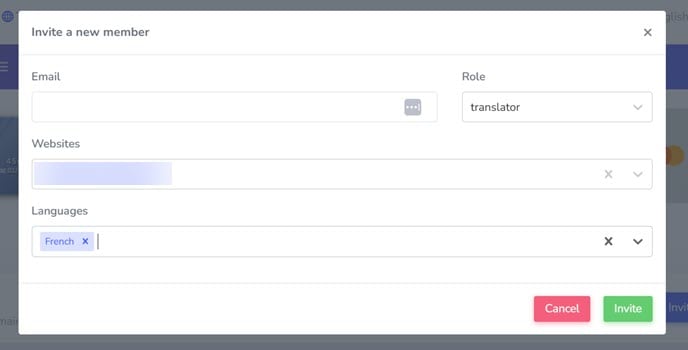
This collaborative setup, combined with the live editor, helps agencies maintain high translation quality while keeping turnaround times short and costs manageable — a perfect balance for agencies looking to deliver professional multilingual content efficiently.
Making the right choice for agency projects
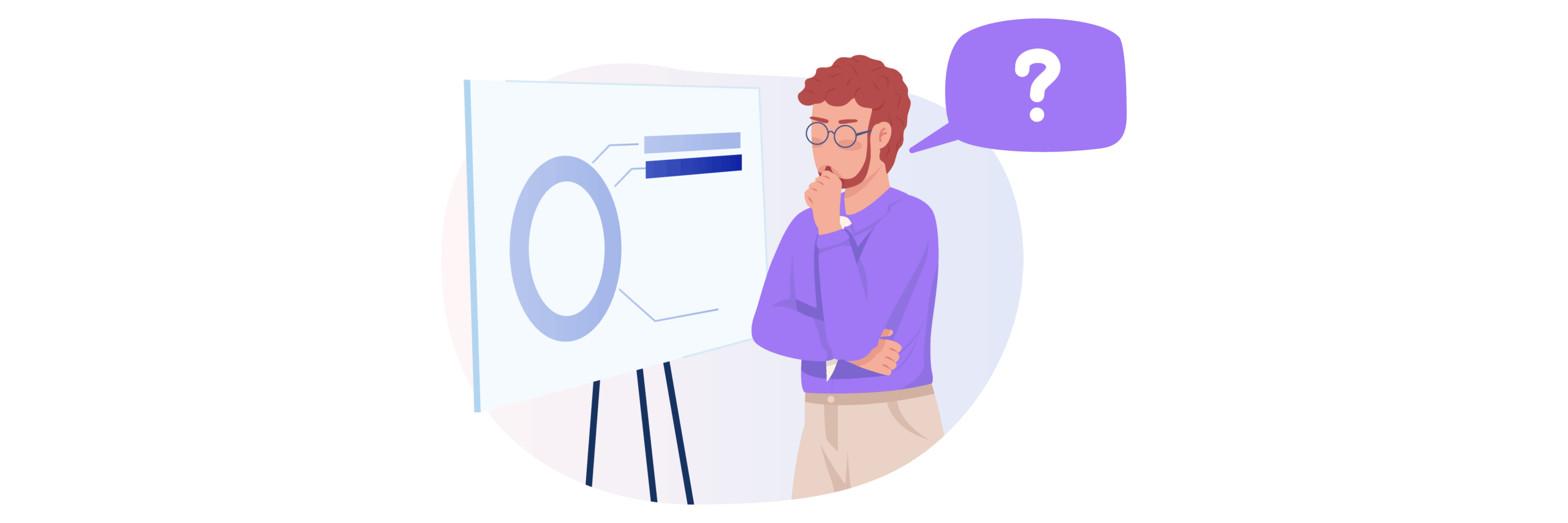
After understanding the comparison between Linguise and Weglot, the next step is to assess the key factors influencing the decision to match the client’s expectations and the team’s work efficiency.
Budget constraints
Many agencies’ budgets are key deciding factors in choosing a translation solution. Linguise typically offers more competitive pricing for large-scale projects with multilingual needs. The pricing model allows for cost flexibility based on the number of words and pages translated, especially if the client’s website content is extensive. This is especially beneficial for long-term projects with regular updates.
On the other hand, Weglot tends to be more expensive, especially when used for websites with multiple pages or languages. But for agencies that manage high-margin projects and prioritize convenience and strong technical support, the additional cost of Weglot can be considered a worthy investment.
Timeline & urgency
If the project has a tight deadline, speed and ease of implementation are top priorities. Weglot offers a plug-and-play side that integrates very quickly into various CMS platforms. With auto-detection and auto-translation features activated immediately, multilingual projects can be launched in minutes without much technical configuration.
However, Linguise is no less competitive regarding time efficiency, especially after the relatively simple installation process. In addition, Linguise combines speed with greater flexibility in controlling the translation output. Even under tight timelines, Linguise can still deliver high-quality results thanks to its cache system and live editor that facilitate quick revisions without downtime.
Content type & complexity
The type and complexity of the content to be translated are also important considerations. For technical, educational, or content full of specialized terms (e.g., in law, health, or technology), the ability to manually edit translations is crucial. Linguise provides great flexibility for editing and managing word glossaries, making it suitable for projects with complex content that requires consistency of terms.
Weglot also provides editing options, but due to its more closed system, full control over the final result may feel limited for some editorial teams. While it is still possible to manage translations through a dashboard, this process can be less flexible for projects that require very tight language control.
Required translation quality
Translation quality is a key success indicator for a professional multilingual website. Linguise and Weglot both use advanced automatic translation engines that can be customized to user preferences through manual editing, making them suitable for agencies that target high-quality results while remaining cost-efficient.
In addition, both also support editing features, although Linguise still has the upper hand as it offers front-end based instead of text-based.
Conclusion
Choosing the best translation method for your agency depends on your needs, the scale of the project and the client’s expectations. Manual translation still excels in accuracy and context sensitivity, but automated solutions like Linguise and Weglot offer significant advantages in terms of efficiency and scalability. Compared, Linguise has the edge regarding technical flexibility, a transparent and affordable fee structure, SEO features and a real-time visual editor that greatly facilitates the translation refinement.
If your agency handles many multilingual projects and wants to balance quality, speed, and cost, Linguise could be the ideal solution. With affordable pricing, no language limit, and full-featured support even on the basic plan, Linguise gives agencies full control to strategize client translations. It’s time to consider trying Linguise into your agency’s work process!


